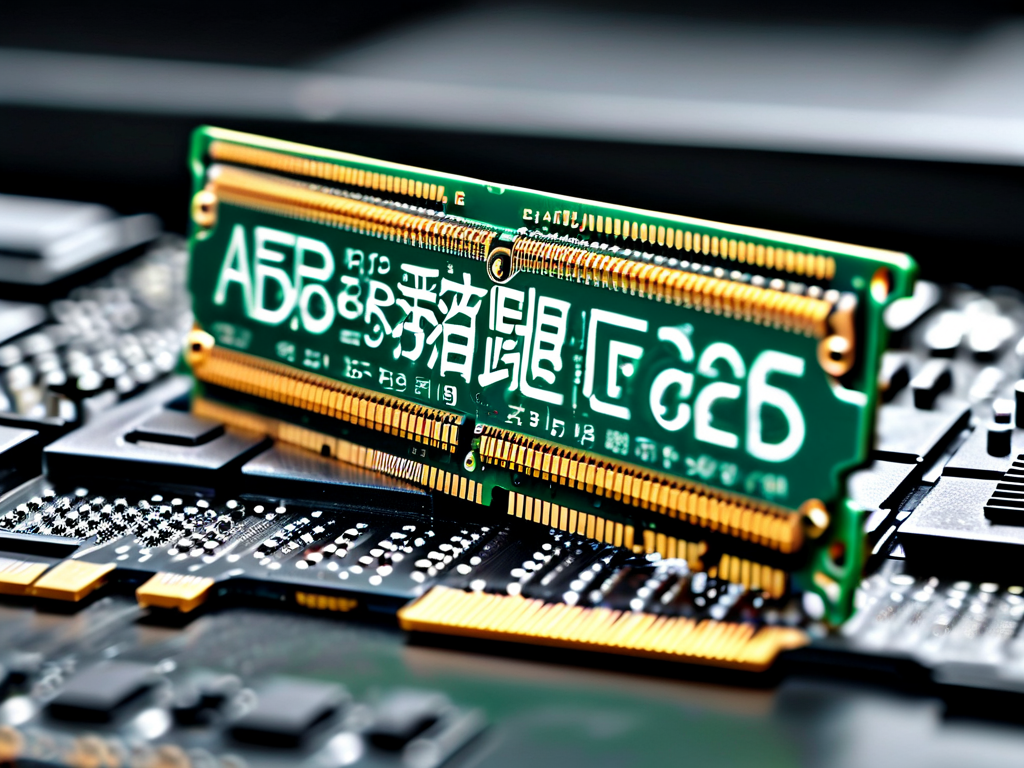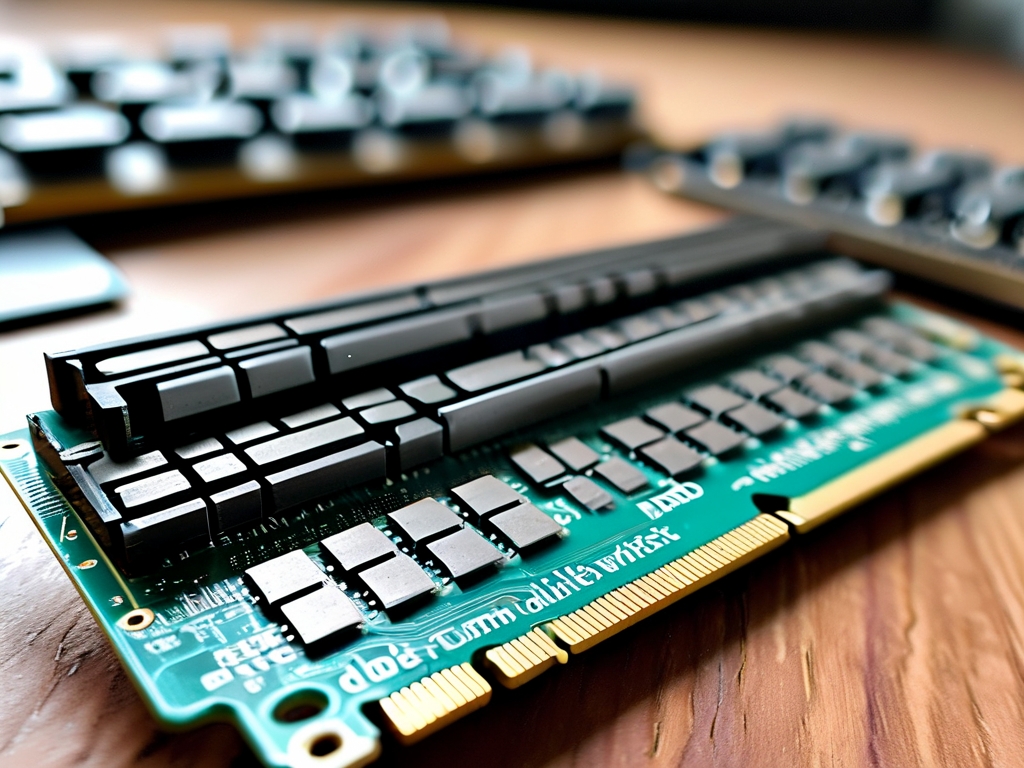Memory latency remains a critical yet often misunderstood aspect of computer performance, particularly when working with DDR4 RAM. While most users focus on clock speeds and bandwidth, understanding how to calculate and interpret latency values can reveal hidden bottlenecks in system responsiveness. This article breaks down the technical process of calculating DDR4 memory latency while exploring its practical implications.

The Fundamentals of DDR4 Latency
Memory latency refers to the time delay between a memory controller requesting data and the moment the data becomes available. For DDR4 modules, this involves three primary timing parameters: CAS Latency (CL), tRCD (RAS to CAS Delay), and tRP (RAS Precharge Time). These values, expressed in clock cycles, work together to determine overall latency.
The most widely referenced metric is CAS Latency (CL), which represents the number of clock cycles needed to access a specific column of data after identifying the row. For example, a DDR4-3200 module with CL16 requires 16 clock cycles to complete this operation. However, raw cycle counts alone don’t tell the full story – actual latency in nanoseconds depends on the memory’s operating frequency.
Calculating Actual Latency
To convert clock cycles into tangible time measurements, use this formula:
Latency (ns) = (CL / Frequency (MHz)) × 2000 Let’s decode this:
- Frequency is half the DDR4 module’s advertised speed due to double data rate technology. A DDR4-3200 kit operates at 1600 MHz.
- The 2000 multiplier converts MHz (millions of cycles/second) to nanoseconds (billionths of a second).
For a DDR4-3200 CL16 module:
Latency = (16 / 1600) × 2000 = 20 nanoseconds This calculation shows why comparing CL values across different frequency modules can be misleading. A DDR4-2666 CL14 module actually has lower latency (10.5ns) than our DDR4-3200 example, despite its lower bandwidth.
Secondary Timing Considerations
While CAS Latency dominates latency discussions, complete calculations should account for other factors:
- tRCD: Delay between activating a row and accessing columns (typically 16-22 cycles)
- tRP: Time to close one row and open another (often matches tRCD)
- Command Rate: Additional 1-2 cycles for signal processing
Advanced users might calculate true latency using:
Total Latency = CL + tRCD + tRP + Command Rate However, these components don’t simply add up linearly due to overlapping operations in modern memory controllers.
Real-World Performance Impacts
Lower latency directly benefits applications sensitive to quick data access:
- Competitive gaming (reduced frame time variance)
- Database operations (faster query responses)
- Content creation software (snappier preview rendering)
Benchmark tests reveal that a 10% reduction in latency can improve gaming performance by 3-7% at 1080p resolution, though the gains diminish at higher resolutions where GPU limitations dominate.
Optimization Strategies
- XMP/DOCP Profiles: Enable manufacturer-tested overclocking profiles in BIOS for optimal latency/bandwidth balance
- Manual Tuning: Experienced users can cautiously reduce CL values while maintaining stability
- Topology Awareness: Daisy-chain vs. T-topology motherboards affect signal quality and achievable timings
Measurement Tools
Use utilities like AIDA64 or LatencyMon to:
- Verify actual operating frequencies
- Measure real-world latency
- Identify background processes causing unexpected delays
For developers working on latency-sensitive applications, Intel’s Memory Latency Checker provides low-level access to memory subsystem characteristics.
The Frequency vs. Latency Tradeoff
Higher-frequency DDR4 kits often require looser timings to maintain stability. A DDR4-4000 CL18 kit (18/2000×2000 = 18ns) might actually show worse latency than a DDR4-3600 CL16 kit (16/1800×2000 ≈ 17.78ns). This explains why mid-range frequencies with tight timings frequently deliver better real-world performance than maximum-frequency configurations.
Future Directions
As DDR5 adoption grows, its improved bank architecture and dual 32-bit channels help mitigate latency penalties despite higher base CL values. However, DDR4 remains relevant for budget-conscious builds and applications where ultra-low latency trumps raw bandwidth.
Understanding these calculations empowers users to make informed decisions when upgrading systems or troubleshooting performance issues. By balancing frequency, timings, and platform capabilities, enthusiasts can extract maximum efficiency from their DDR4 memory investments.


